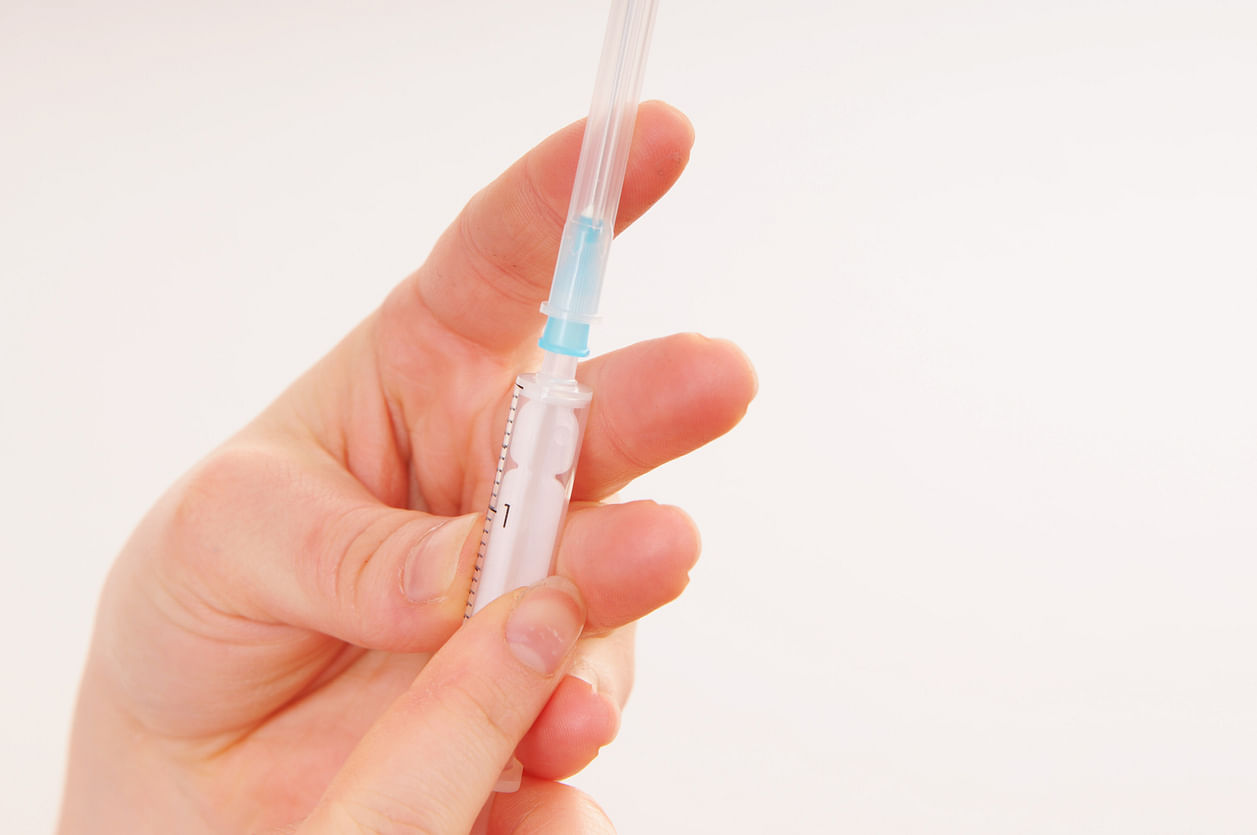One of the greatest boons that medical science has given to mankind, vaccines help in preventing and eliminating many life-threatening diseases and infections. They have had an enormous contribution to healthcare worldwide and have enabled medical science in the eradication of diseases like smallpox and pushed others like polio to the verge of extinction. As per statistics from the WHO, vaccination is estimated to avert two to three million deaths every year with its targeted strategies and proven mechanism.
The fight against diseases can be a slow as reinforced by the most recent health pandemic-- coronavirus. It is true that despite vaccination, there may still be outbreaks of certain diseases given the fact that complete eradication requires long, sustained, and rigorous efforts. However, a reduction in occurrence can gradually lead to a decrease in incidence and an overall improved health status. For a country like India with a not-so-strong healthcare system and lack of timely access to medical care, it becomes even more imperative to vaccinate children as a way of protecting them from preventable diseases. This will further reduce the pressure on families since they will not need to go far for treatment or lose a child.
Vaccines form an important part of any community healthcare programme given that they prevent and control the outbreak of serious illnesses as well. In 1974 WHO’s expanded the programme on immunization (EPI) and extended benefits of vaccination to the world. The EPI has managed to cover over 80% of the population, even in the extremely vulnerable low and middle-income countries. Since then, there has been a major reduction in fatalities and hospital admissions for diseases such as measles and neonatal tetanus.
When we consider India, about five lakh children die of vaccine-preventable diseases and one in three children continue to remain unimmunized. To bring down this number, the Government of India launched the Universal Immunization Program (UIP) in 1985 with the aim of preventing six seriously crippling and fatal ailments. This includes diphtheria, pertussis, tetanus, mumps and measles. It was in 2014 that the WHO finally declared India as ‘polio free’.
Today, as part of the UIP initiative, access to several vaccines is free of cost and this has further been successful in bringing down child mortality rates in India. There are also new vaccines added to the UIP in a bid to address the continued challenge of combating new disease-causing bacteria and viruses. There are now 12 vaccines, including Rotavirus, rubella and IPV which are a part of the regular immunization chart for children up to the age of five years. Any side effects of vaccination are completely outweighed by its advantages include eradication, elimination, control of mortality, morbidity and complications, mitigation of disease severity, prevention of infection, protection of the unvaccinated population indirectly and through source drying, prevention of related diseases and cancer, societal and other benefits such as savings and extending life expectancy.
The commemorative World Immunization Week is a reminder about the importance of this process. The theme of the 2020 campaign is #VaccinesWork for All and it will focus on how vaccines – and the people who develop, deliver and receive them – are heroes. The main goal is to urge greater engagement around immunization globally.
The aim is threefold-- to demonstrate the value of vaccines for the health of children, communities and the world; to show how routine immunization is the foundation for strong, resilient health systems and universal health coverage; to highlight the need to build on immunization progress while addressing gaps, including through increased investment in vaccines and immunization. The need of the hour is for the public and private sectors to join hands, spread awareness, and ensure that children are vaccinated on time – not only for their own health but for the greater benefit of the nation as well.
(The writer is medical director at Portea Medical)
